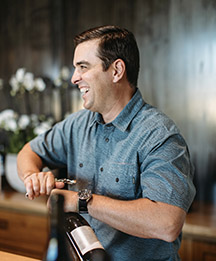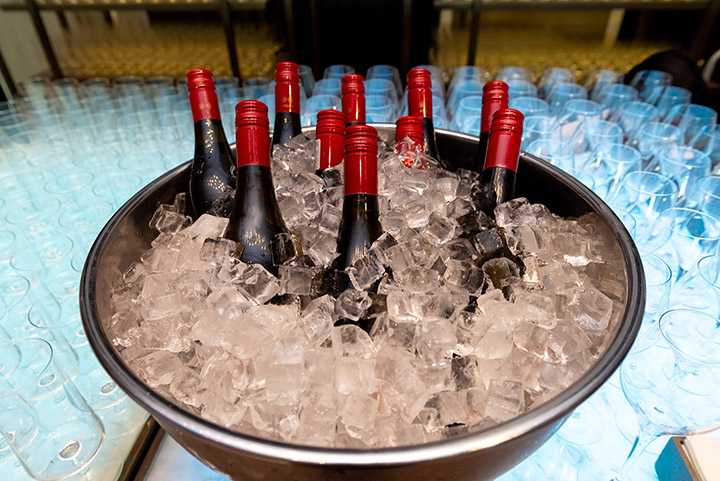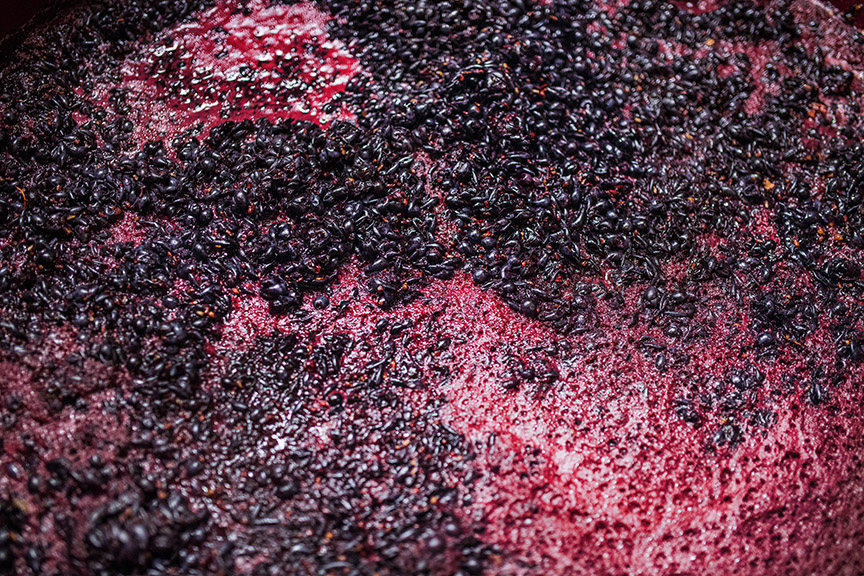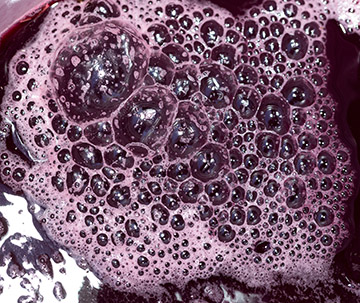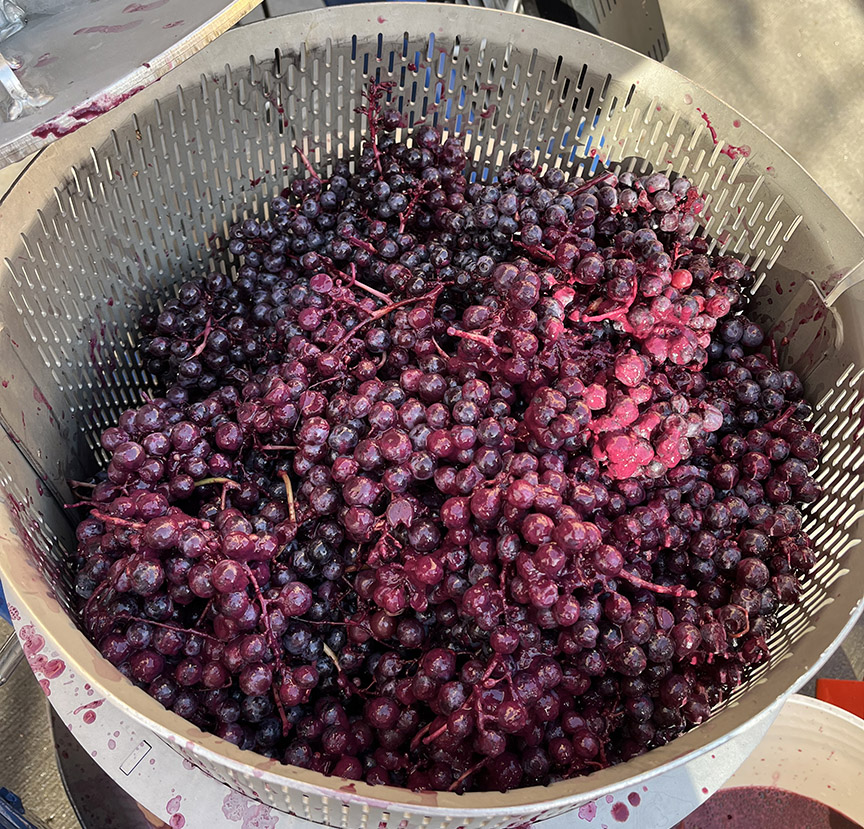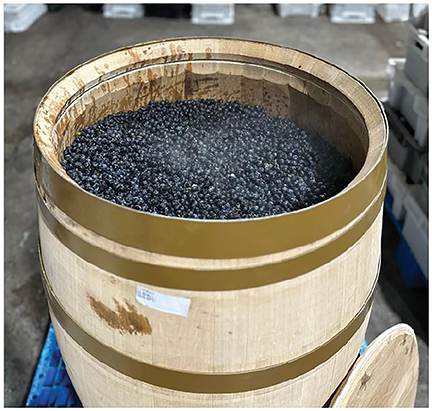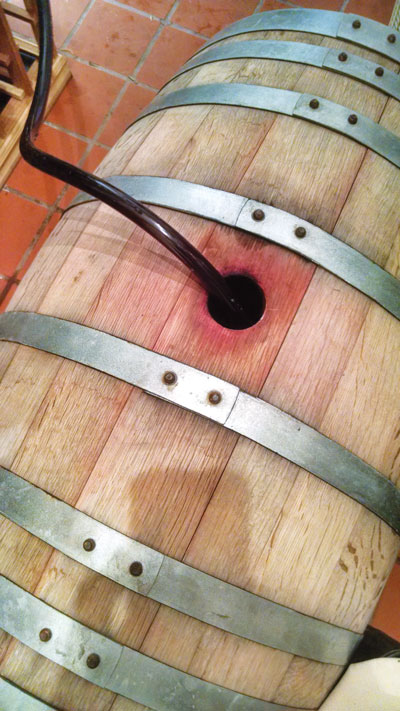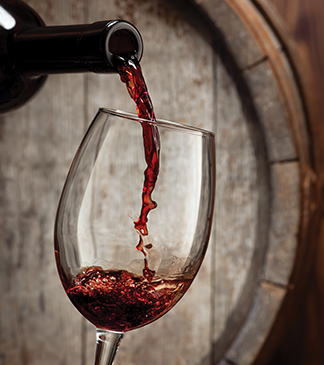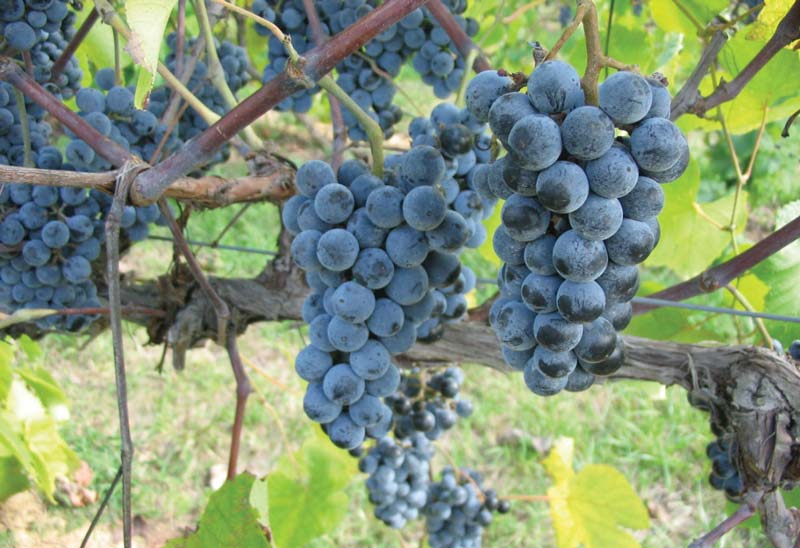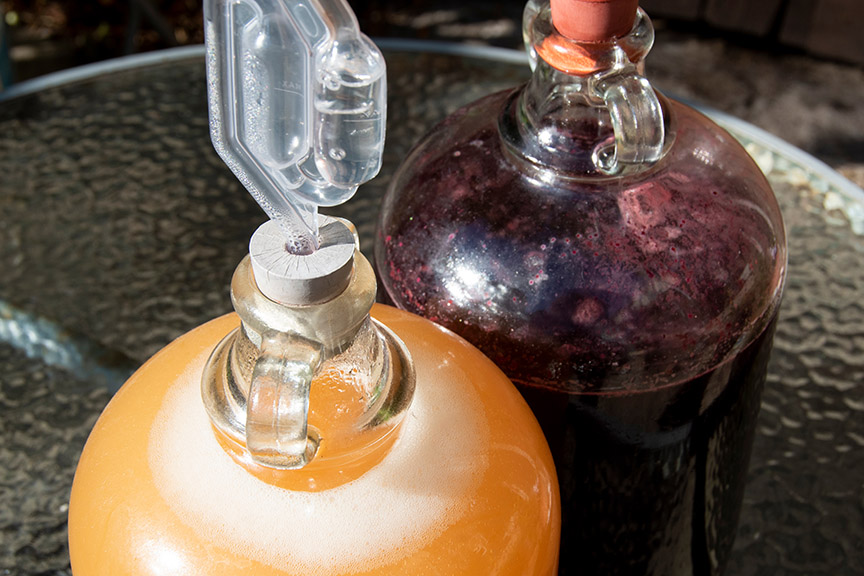Topic: Yeast & Fermentation
Unwanted secondary fermentation
Thanks for writing in with your fizzing rosé mystery. I can see why it caught you by surprise — there’s nothing quite like popping open a bottle you meant to be still
“Natural” fermentations
You’ve bumped into one of the more debated (and sometimes misunderstood) corners of winemaking: “Natural wine” and whether you need to inoculate with a known yeast strain. It’s a lively topic, and
MLF: Tips From the Pros
Two pro winemakers share their approach to conducting malolactic fermentation — one prefers to begin it a couple days after primary fermentation takes off, the other allows primary to finish before beginning the secondary malolactic fermentation.
Choosing Yeasts
Yeast selection is one of those underappreciated levers in winemaking that can really shape your finished wine. Flavor, aroma, mouthfeel, fermentation kinetics, and even clarity are all on the table. And you’re
Dealing With Hard Water
Great question — and you’re right to pause before filling up your winemaking bucket straight from the tap. While clean municipal water might be fine for drinking or dishwashing, it can introduce
Stuck Syrah Fermentation
Ah yes, the mid-ferment stall . . . so common, yet always a bit of a heart-stopper. When fermentation slows or stops around 5 °Brix, it’s usually a sign your yeast are
Determining when wine is “dry”
I definitely think you should wait for the fermentation to complete and then rack and add sulfur dioxide. I doubt you’ll have to add any sorbate to protect against a re-start fermentation
Yeast Impact on MLF
I’m glad you wrote in this question. It points to the importance of thinking about our wines in the big picture sense (not to mention the importance of double checking before making
Dubunking Consumer Myths, Yeast Impact on MLF & pH Adjustments
If you sometimes prefer your red wines served a little on the cool side or are not afraid of buying high-end wines with screw cap closures, you aren’t alone! The Wine Wizard shares her “consumer myths” that need to be debunked. Plus, the role your yeast choice plays on malolactic fermentation, and advice on adjusting a high-pH juice.
Fermentation on the Mind
While the yeast technically does all the work, a winemaker has a lot of influence in the success of their fermentations. Understanding best practices — from rehydrating dry yeast and measured nutrient additions — as well as options like co-inoculation and using non-Saccharomyces yeasts are important tools to influence the final outcome of your wine.
MLF Test Strips
You are right, at WineMaker magazine we typically don’t want to advertise one product over another. That being said, we are always open to new advances and products that help our readers.
Special Purpose Wine Yeasts
Sometimes we want a wine yeast that will strictly ferment a wine dry in the conditions available to it, but other instances require special purpose wine yeasts. Learn about yeast strains that serve more purposes than simply completing fermentation — be it for high-vigor, malic acid management, minimizing faults, and more.
When to Add an Airlock
Kaboom! Nobody likes an exploding carboy! “Fermentation happens,” as one of my professors at UC-Davis always used to say. Sounds like the perfect home winemaking meme to me (or t-shirt). As wine
Monitoring Malolactic
MLF is a bit confusing for some because it’s called a “fermentation” but it’s certainly not as active, visible, smellable, and in your face as your primary sugar-to-alcohol fermentation. MLF happens when
Whole Cluster Fermentation
Whole cluster fermentation — fermenting grapes without crushing and destemming them first — is a technique that has been around for ages. Let’s take a deep dive into the benefits of this technique, what the research says, and whether you may want to consider whole cluster fermentation at home.
Barrel Fermentations
Barrel aging typically begins after alcoholic fermentation is complete, however, you don’t have to wait until your wine is dry to start getting the benefits of oak. Learn about the advantages of fermenting in a barrel and ways it can be done at home.
Whole Cluster Fermentation Tips
Two pros share why they prefer whole cluster fermentations for certain varieties, the impact it has, and considerations home winemakers should make if they plan to forgo the crush.
Tips For a Successful Malolactic Fermentation
I’m glad you’re using an ML nutrient (Opti’Malo Plus™ — made by Lallemand and sold through various outlets like Scott Labs and many home winemaking stores), which makes for the most predictable
Tips For a Complete Fermentation
I’m sorry to hear about your fermentation troubles! Indeed, it’s one of the most important aspects of winemaking to master since sluggish and incomplete fermentations can ruin a batch. Here are some
Handling Stuck Fermentations
While a stalled out fermentation can be a hassle, there are plenty of preventative measures we can take to preclude it from happening. Also, we should know the various tactics to treat it when a stuck fermentation does rear its ugly head.
Finishing Wines With a Secondary Fermentation
Most red and some white wines are put through a secondary malolactic fermentation (MLF). The process converts malic acid to lactic acid, which smooths out harsh flavors while adding a richness on the palate, as well as contributing to the stability and aging potential of the wine. Learn when a wine should go through MLF, how to do it, and ways to test for it.
Call of the Wild
Wild fermentations can often bring a level of complexity to a wine not always found using commercial Saccharomyces strains. But the tradeoff for that complexity is higher risk. What if you could introduce the good microbes of a wild fermentation to your wine without the risk? There are techniques, along with new isolated non-Saccharomyces yeasts, that can do just that.
Tips For Rehydrating Dry Yeast
Rehydrating dried yeast is a simple and straightforward process, and one that I find to be essential when using dried yeast for winemaking purposes. The simple answer to your question is no,
Co-Fermentation: Tips From the Pros
Wine blends are most often created after fermenting each variety separately. However, that isn’t the only way to do it. Some winemakers choose to co-ferment certain varieties together, believing this approach adds to the complexity of the resulting wine. Get tips on co-fermentation from three pros who endorse the benefits.
Keys to Successful Fermentations
No two fermentations are the same, which means that there is always more to be learned with each one! Give your yeast the best chance for success by creating an ideal environment for a clean fermentation.
